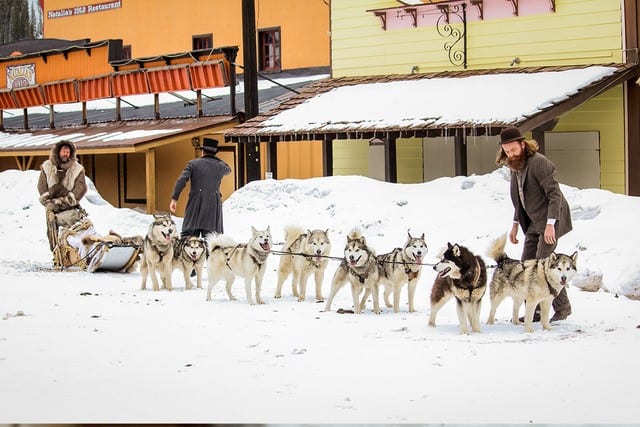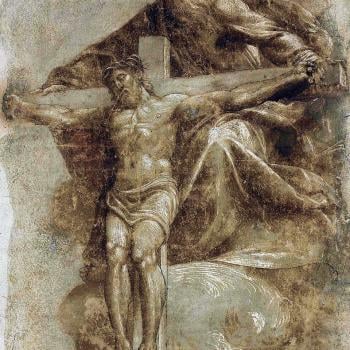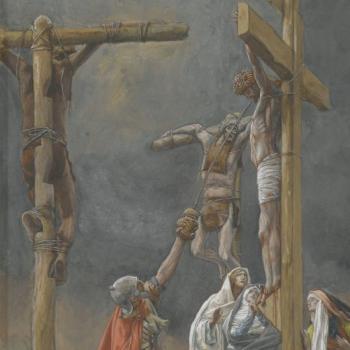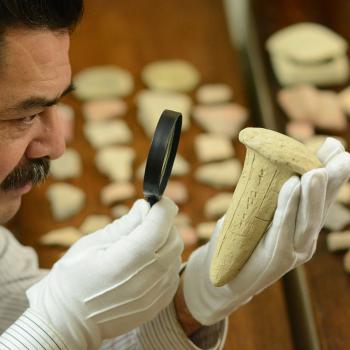How would you respond if you lost your spouse and your job, or something similar? Would you lose hope and call it quits? Or would something in you keep you moving forward? Would you harness hope for the race for life?
This blog post takes as its springboard for reflection the new movie The Great Alaskan Race (View the trailer here). The movie retells the true story of Alaskan Leonhard Seppala, who fights long odds to keep going after his wife dies and he loses his job when the local gold mine runs empty. But that’s not the end of his problems. Diphtheria hits Nome, Alaska in the dead of winter in 1925, striking children most severely. Without the necessary vaccine, the risk to Seppala’s daughter and other children’s lives is most severe. He and other “mushers” determine to transport the closest vaccine 700 miles away to their village with their dogs and sleds since the weather makes the arduous journey virtually inaccessible to fledgling aircraft. They harness hope as they hitch their dog teams to their sleds in the attempt to get the vaccine safely and as quickly as possible to Nome before the epidemic strikes sweeping disaster.
I will not spoil the end of this movie based on historical events and what the film summary calls “the legendary Iditarod Race.” While history is always 20/20, such as whether to use dog sleds or fledgling aircraft, hope takes us into the realm of future uncertainty. Still, their hope was based on more than wishful thinking, namely on the keen awareness that if they didn’t at least try all hope was lost.
Any person or any community who has given up hope on life is already virtually dead. Life is full of cruel ironies and tragic experiences, whether in the Alaskan wilderness or in urban America. This film and the historical account on which it is based encourages us to keep trying against long odds, and even after misfortune has hit again and again.
What kept the man and his community going? Certainly love for their children and their posterity, the community’s ever-present faith in God, the encouragement of one another—for encouragement breeds courage, and their trustworthy dog sled teams—after all, as the old saying goes, a dog (or dogs like Balto and Togo, who belong to Leonhard Seppala’s team) is a man’s best friend. The movie makes these points very clear.
Resilience is not made overnight. It is not formed based on comfortable lives, but through trauma, tragedy, and epidemic challenges, and where hope conquers despair. So many things are possible when there’s hope. Let’s harness hope for the race for life.













